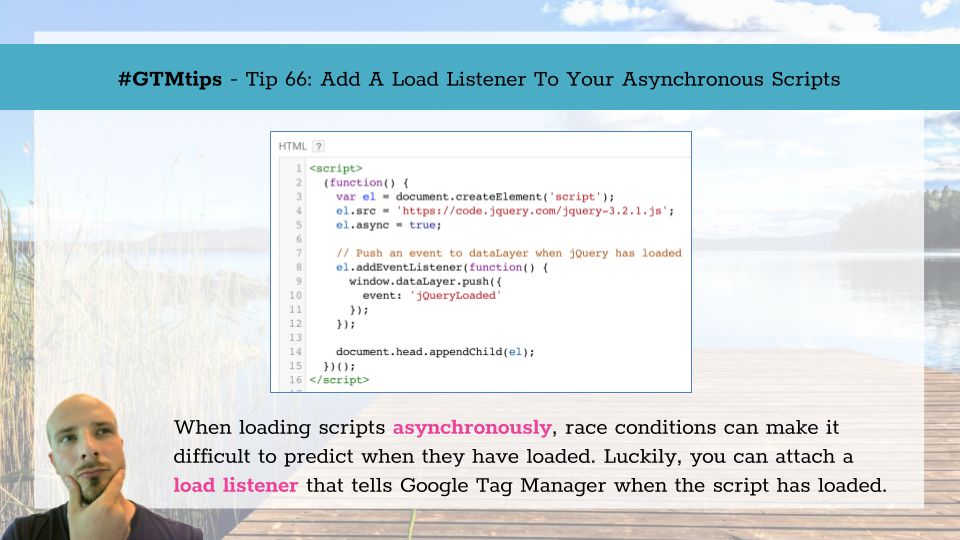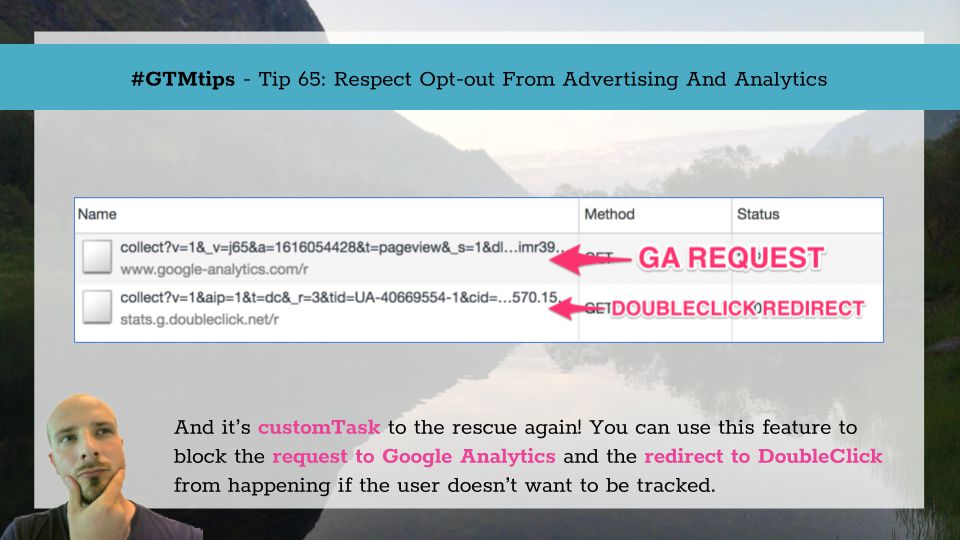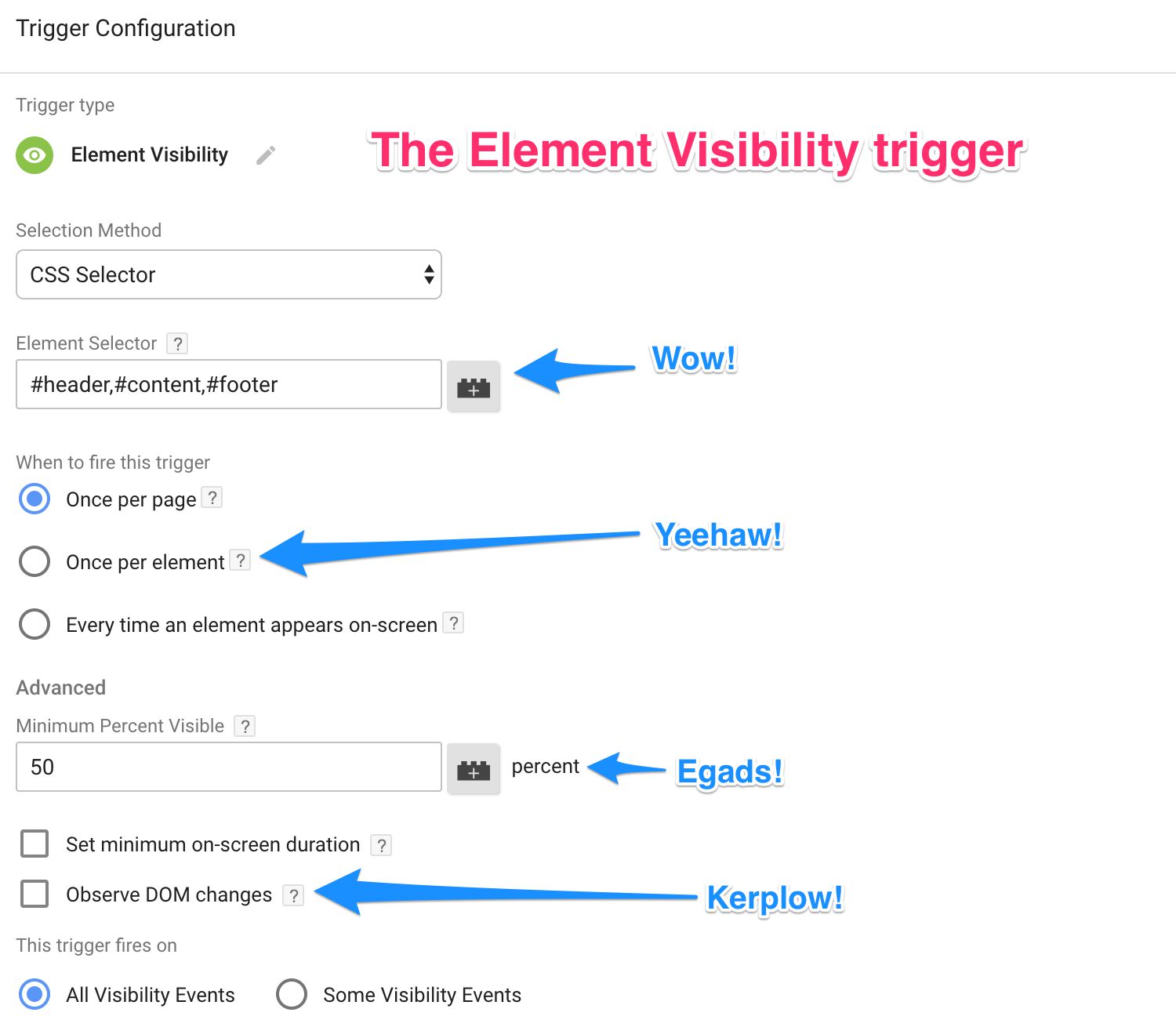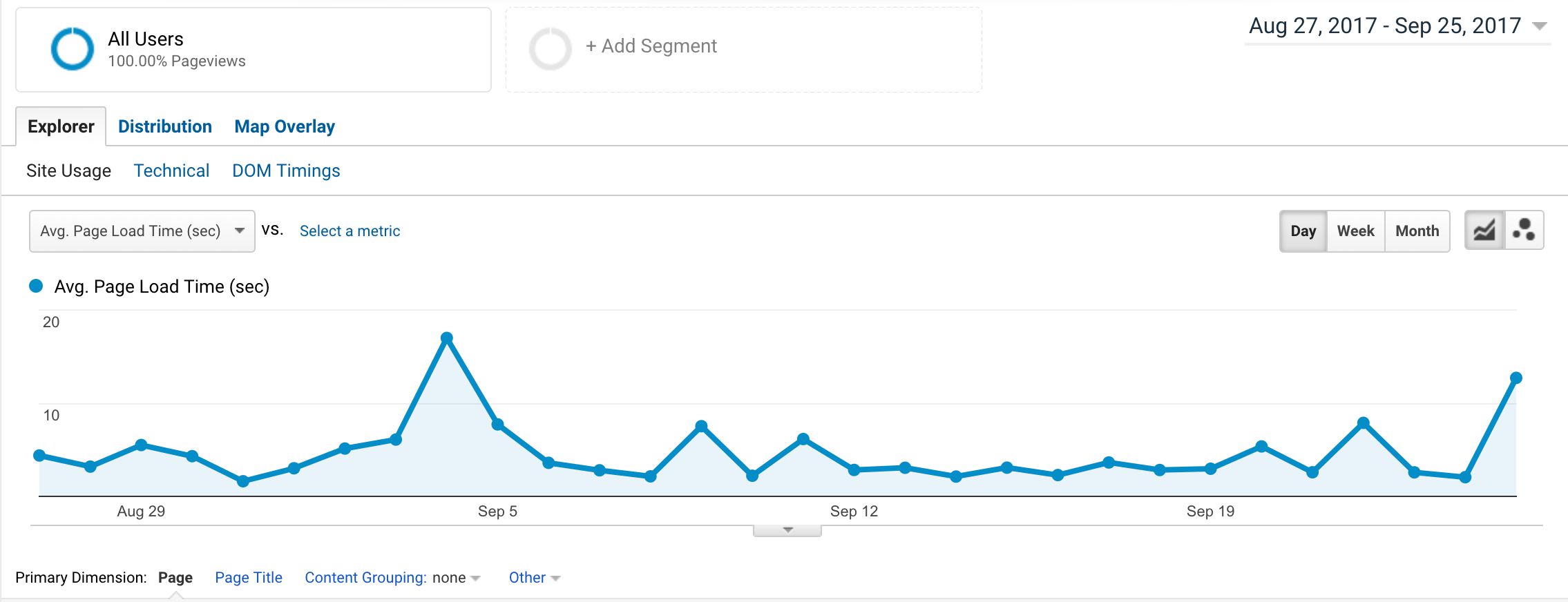One of the challenges in working with Google Tag Manager (or any JavaScript-based platform for that matter) is what to do with race conditions. A race condition emerges when you have two resources competing for execution in the browser, and there is a degree of unpredictability to which “wins” the race.
A prime example is working with jQuery. It’s one of the most popular JavaScript libraries out there, and websites utilize it for a multitude of things, many useful for Google Tag Manager, too.






